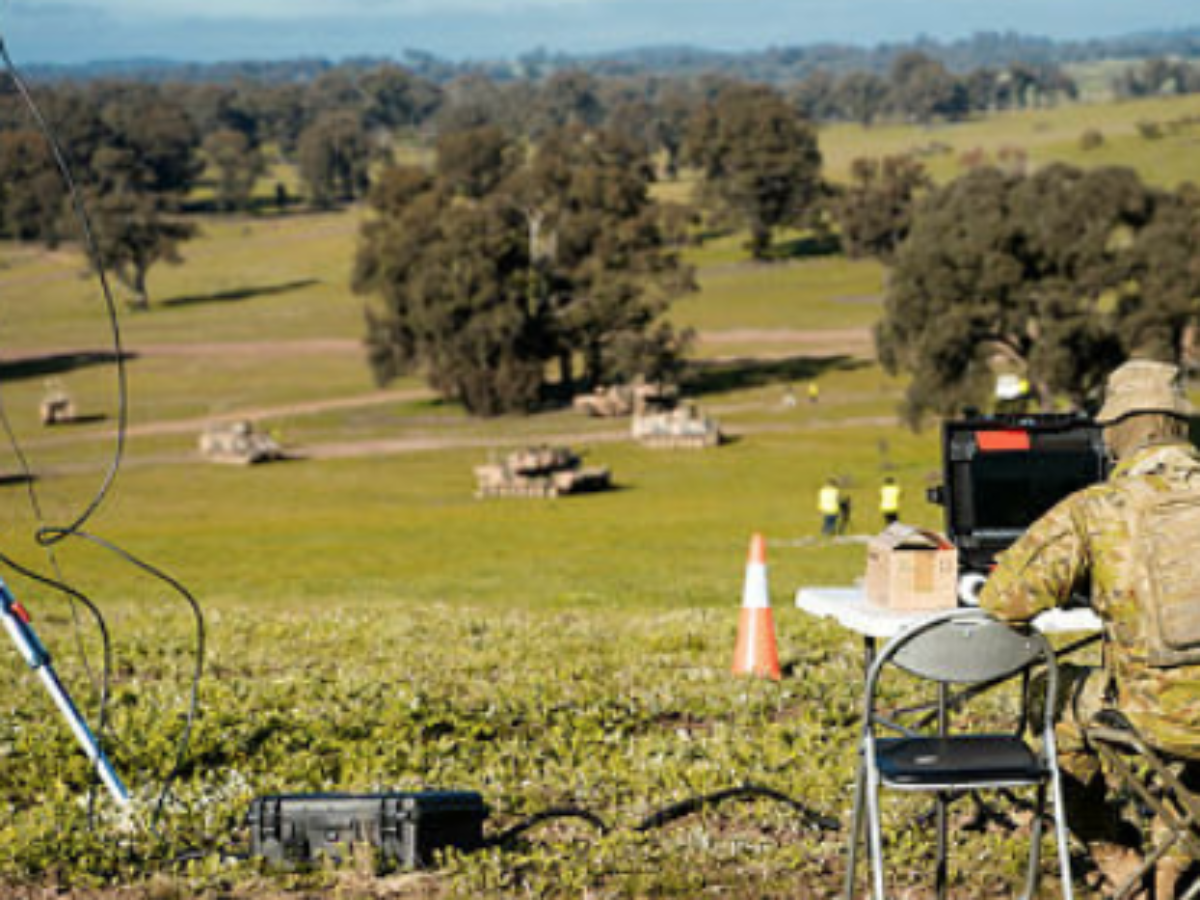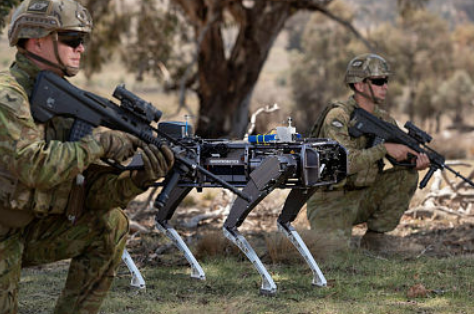Defence moves into autonomous overdrive

By Peter Roberts
Daily the media receives a literal deluge of media releases from the Defence Department and defence and defence industry ministers.
It is part of the federal government’s ‘government by announceable’ style, and most are the dolings out of tiny amounts of money on government grant schemes released one at a time.
Such schemes are used by ministers to create an impression of constant activity.
But occasionally, such as the revelation that local companies are developing and testing autonomous Army systems and vehicles, the media releases are actually momentous and, even, more important than the government hyperbole that surrounds them.
Defence Minister Linda Reynolds and defence industry minister Melissa Price have announced that industry has been testing M113AS4 Armoured Personnel Carriers (APVs) fitted with remote control and autonomous capabilities (pictured).
It is another feature of government media releases that several ministers, and sometimes government backbenchers, are quoted.
They released photographs of APVs fitted with communications masts moving in formation and following instructions of remotely situated Army personnel (below)


They also are testing what looks like Boston Dynamics’ four-legged dog (below), a robotic creation capable of navigating terrain under autonomous control, including climbing stairs and righting itself should it fall over.

While the dog is so far a gimmick, the meat of Reynolds release is a major step forward for the Army and for Australian industry involvement at the ground floor.
The Minister was announcing $12.2 million in contracts including:
- A $7.7 million contract with BAE Systems Australia to convert 16 M113AS4 APVs into Optionally Crewed Combat Vehicles (OCCVs), increasing the OCCV fleet available to 20 vehicles and support experimentation over two years. Conversions will be conducted in South Australia by BAE and in regional Victoria by Defence’s Joint Logistic Unit (Victoria).
- A $3.5 million contract with the Institute for Intelligent Research and Innovation (IISRI) at Deakin University for the expansion of Army’s leader-follower vehicle technology prototyping.
- A $135,000 contract with QinetiQ Australia for the modelling of the value of conversion of a Bushmaster Protected Mobility Vehicle to hybrid-electric drive.
- A $897,000 contract with EPE for small wheeled robots to experiment with human and machine teaming in reconnaissance roles.
Reynolds said in a statement: “These technologies are ‘disruptive technologies’ that provide marked advantages on the modern battlefield by bolstering ADF capability while protecting Australian personnel.”
This is the work of the Army’s Robotic & Autonomous Systems Implementation & Coordination Office (RICO), launched in March, and its Robotic and Autonomous Systems Strategy.
You can watch video of Army trials of remotely operated and autonomous systems here.
Pictures/Video: Defence
Subscribe to our free @AuManufacturing newsletter here.
@aumanufacturing Sections
Analysis and Commentary Awards Defence Manufacturing News Podcast Technology Videos










